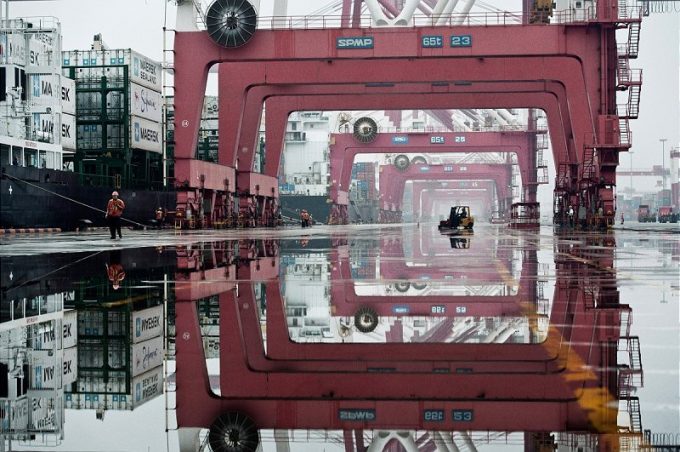Carriers disappointed as contract talks loom and rate hikes fail to stick
Container spot freight rates this week were virtually unchanged from last week, as planned mid-November ...

China’s container growth on shortsea tradelanes is outpacing stagnant long-haul services, potentially creating a trend from transhipment towards more direct calls at Asian ports.
However, that growth is unlikely to lead to any increase in the use of panamax vessels.
According to Seabury maritime director Michel Looten, China’s shortsea trades with South-east Asia and India are driving growth, while volumes on the main east-west trades to Europe and the US are static.
“This will have two main consequences for the industry,” he told the TPM ...
Maersk u-turn as port congestion increases across Northern Europe
Apple logistics chief Gal Dayan quits to join forwarding group
Maersk Air Cargo sees volumes fall as it aims for 'margin in favour of revenue'
Transpac rates hold firm as capacity is diverted to Asia-Europe lanes
Houthis tell Trump they will end attacks on Red Sea shipping
Airlines slash freighter capacity post-de minimis, but 'the worst is yet to come'
MSC revamps east-west network as alliance strategies on blanking vary
India-Pakistan 'tit-for-tat' cargo ban sparks sudden supply chain shocks

Comment on this article